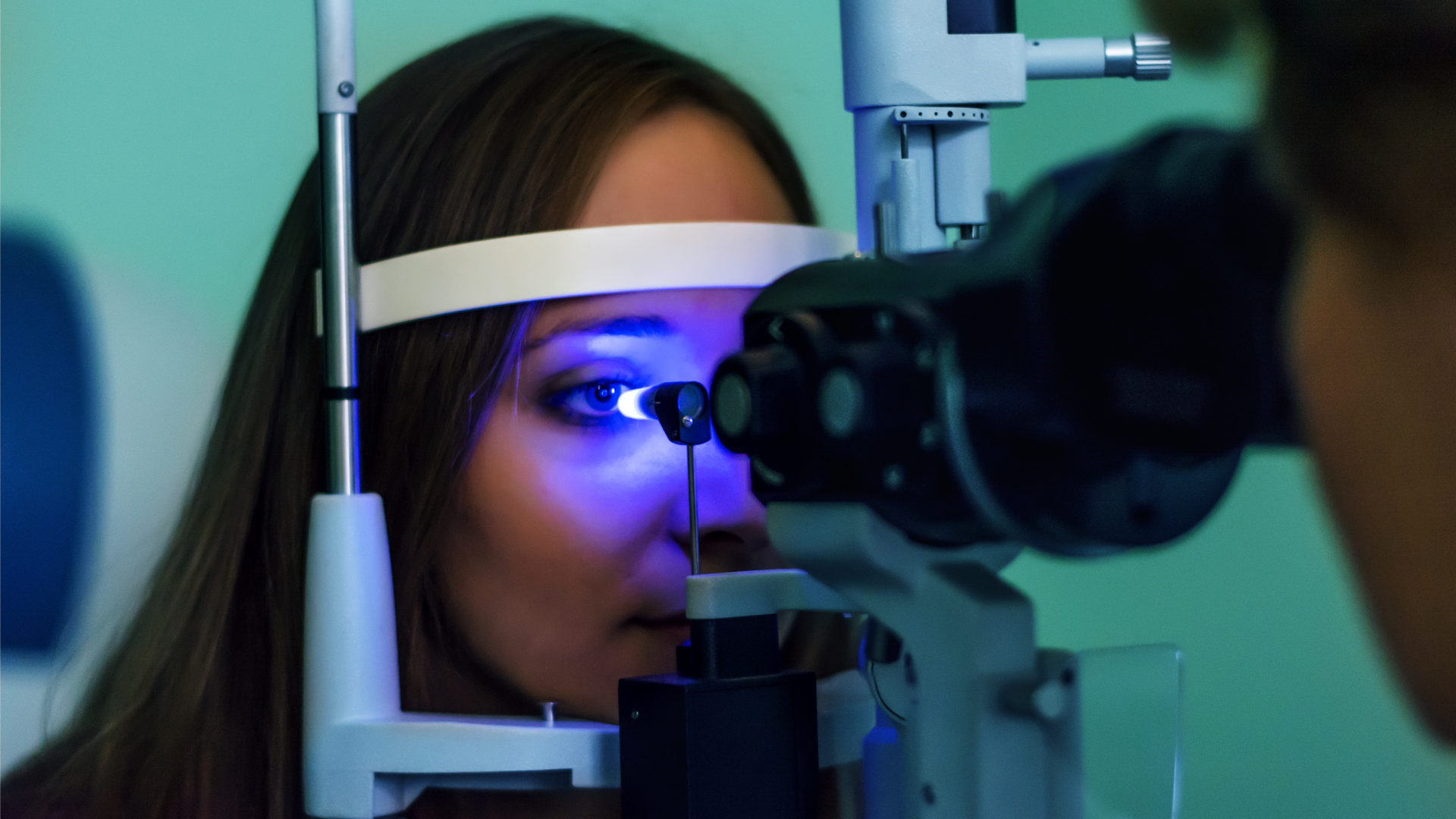New Study Reveals Health Disparities in Glaucoma Care
Written By: Shawn Radcliffe Freelance Science Writer
Reviewed By: Diane Bovenkamp, PhD Vice President, Scientific Affairs



Written By: Shawn Radcliffe Freelance Science Writer
Reviewed By: Diane Bovenkamp, PhD Vice President, Scientific Affairs

Regular visual field testing is critical for diagnosing and monitoring whether a person’s glaucoma is remaining stable or worsening. But this important test may not be happening for people of all racial and ethnic groups, new BrightFocus-funded research suggests.
Black and Asian people diagnosed with glaucoma undergo visual field testing less often per office visit compared to white people, a BrightFocus National Glaucoma Research-funded study shows. The researchers believe that understanding the racial disparities that exist in glaucoma management may drive strategies to reduce or eliminate them.
In the study, published in Translational Vision Science & Technology, lead investigator Joel S. Schuman, MD, a National Glaucoma Research grantee, and his colleagues examined medical records for over 2,600 adults diagnosed with glaucoma who received visual field testing.
This test, also known as a perimetry exam, is used to detect changes in peripheral vision. It is an essential part of glaucoma diagnosis. Other research shows that more frequent visual field testing enables earlier detection of worsening glaucoma—critical for earlier intervention and treatment to preserve remaining vision.
The new study found that Black and Asian participants had a lower rate of visual field testing per office visit compared to white participants. Black participants also had the highest level of socioeconomic disadvantage on average compared to Asian and white participants. However, the disparity in visual field testing remained true even when researchers considered sex, age, socioeconomic disadvantage, disease severity, and other factors.
Black participants had the worst disease severity at first visit, which “would typically warrant increased test frequency in conventional clinical practice,” the researchers wrote.
Yet, when researchers looked at the frequency of visual field testing per office visit, Black subjects had the lowest rate. This suggests that Black people with severe glaucoma are not always being tested more frequently. This could delay not only detection of worsening disease, but also appropriate treatment.
Despite the important role that visual field testing plays in glaucoma diagnosis and management, disparities in testing continue to exist among different racial and socioeconomic groups.
One earlier study showed that Medicaid patients were less likely to receive glaucoma testing—including visual field testing—compared to people with commercial (private) insurance. Black people with Medicaid were even less likely to receive these tests compared to those with commercial insurance.
These kinds of disparities are particularly concerning because of the greater disease severity among Black people—as well as Asian and Hispanic people—at the time of glaucoma diagnosis, compared to white people. Further, some research has found that the risk of blindness is higher in Black people with glaucoma than in white people.
Open-angle glaucoma is the leading cause of irreversible blindness in Black people, who are 3 to 4 times more likely to have a diagnosis of glaucoma compared to white people. Studies have shown that the disease begins at an earlier age in Black people compared to white people. Asian individuals are more at risk for primary angle closure glaucoma, which accounts for 90% of blindness in China.
Although the study found that Black and Asian people diagnosed with glaucoma receive visual field tests less frequently, the researchers wrote that it is unclear which factors are responsible for this disparity.
The study collected data from 2018-2021 and researchers investigated the possible limitations in healthcare access due to the COVID-19 lockdown. Additional analysis revealed that access limitations were equal amongst all races and did not contribute to this study’s outcomes.
One possibility is that because Black people tend to have more severe glaucoma at diagnosis, they may need more frequent follow-up visits for managing their condition. These visits, though, may not always require visual field testing, which would lower the rate of testing per office visit for this group.
The researchers also suggest that there may be race-associated factors—other than disease severity and socioeconomic factors—that affect how often people get visual field testing. For example, mistrust of healthcare professionals or organizations can dissuade people of certain racial or ethnic groups from seeking medical treatment or other care.
Doctors may also, consciously or unconsciously, recommend visual field testing more or less frequently for certain groups. More research is needed to know if these or other factors are driving the disparities seen in glaucoma testing.
However, the current study’s findings show the need for ongoing efforts to promote equitable glaucoma care, especially since certain groups with more severe disease may not be tested frequently enough. “Diagnosing glaucoma at its earliest stages makes it possible to minimize avoidable vision loss and structural damage to the optic nerve,” the researchers wrote.
BrightFocus Foundation is a premier global nonprofit funder of research to defeat Alzheimer’s, macular degeneration, and glaucoma. Through its flagship research programs — Alzheimer’s Disease Research, Macular Degeneration Research, and National Glaucoma Research— the Foundation has awarded nearly $300 million in groundbreaking research funding over the past 51 years and shares the latest research findings, expert information, and resources to empower the millions impacted by these devastating diseases. Learn more at brightfocus.org.
Disclaimer: The information provided here is a public service of BrightFocus Foundation and is not intended to constitute medical advice. Please consult your physician for personalized medical, dietary, and/or exercise advice. Any medications or supplements should only be taken under medical supervision. BrightFocus Foundation does not endorse any medical products or therapies.

New York University Grossman School of Medicine
